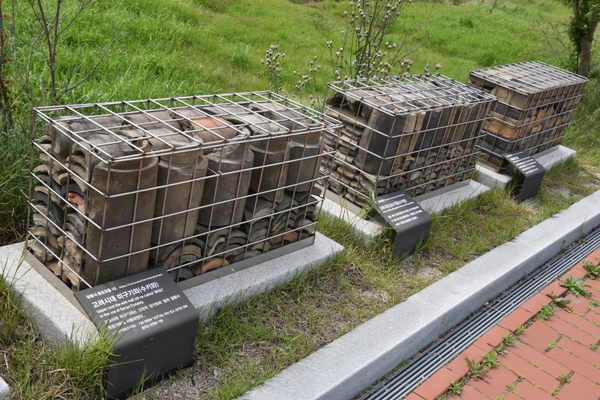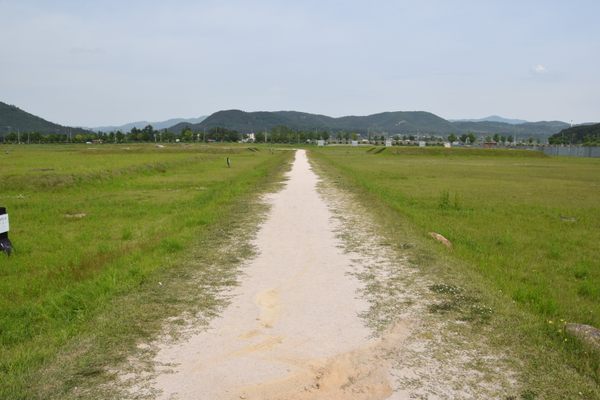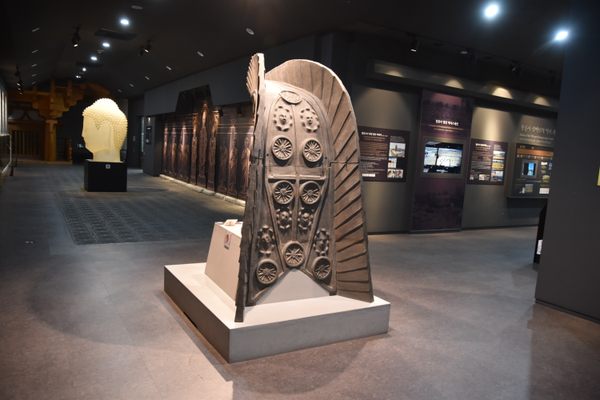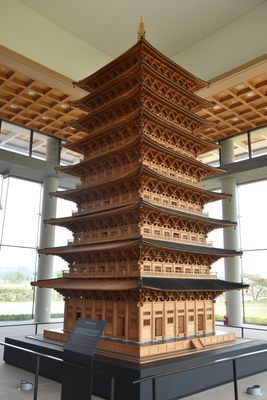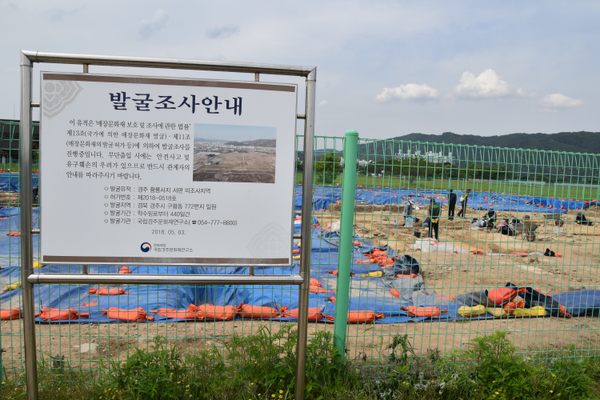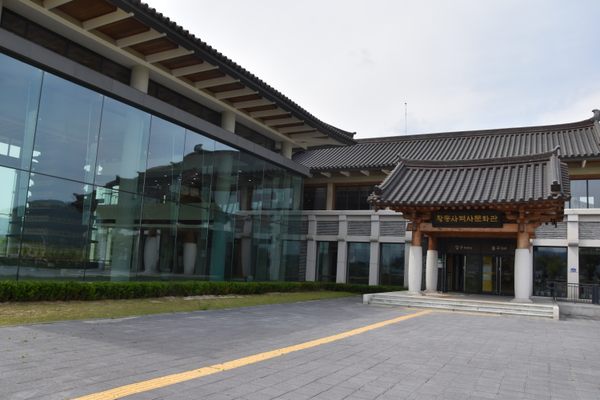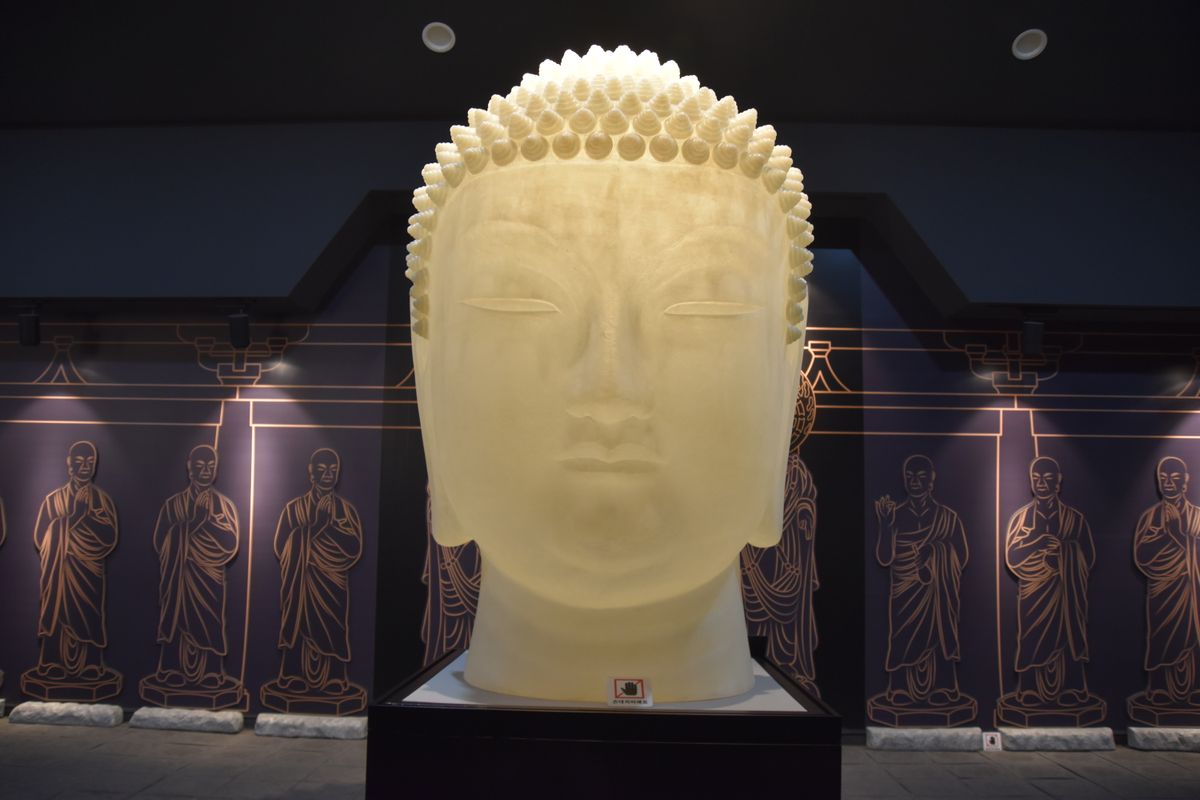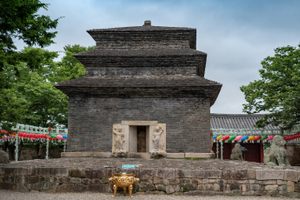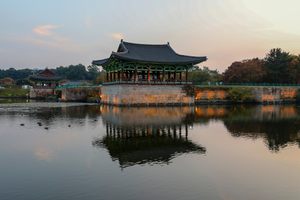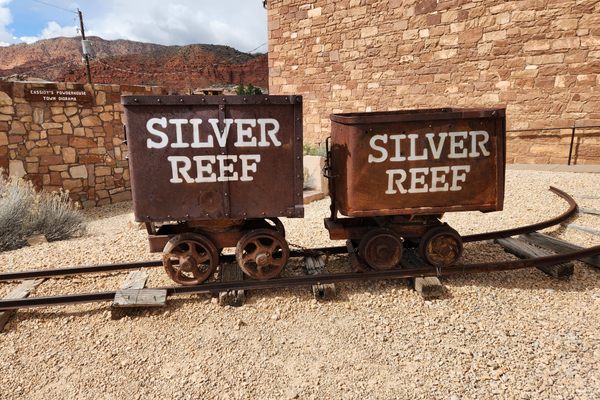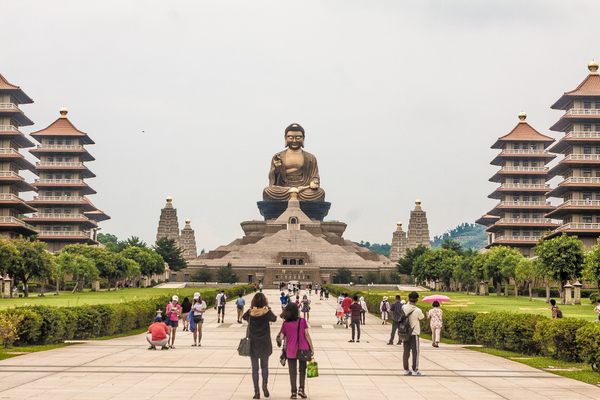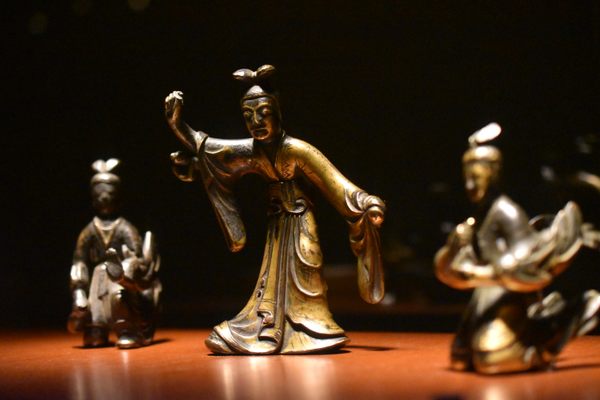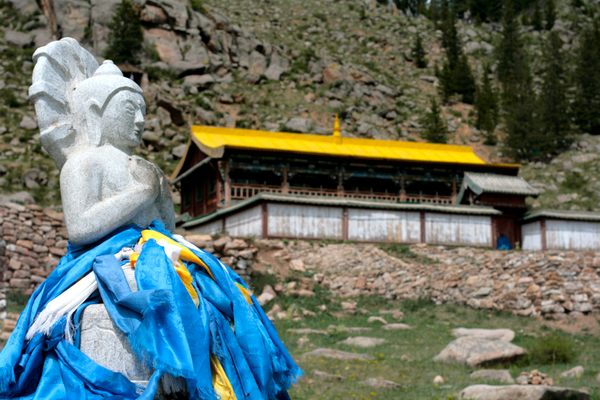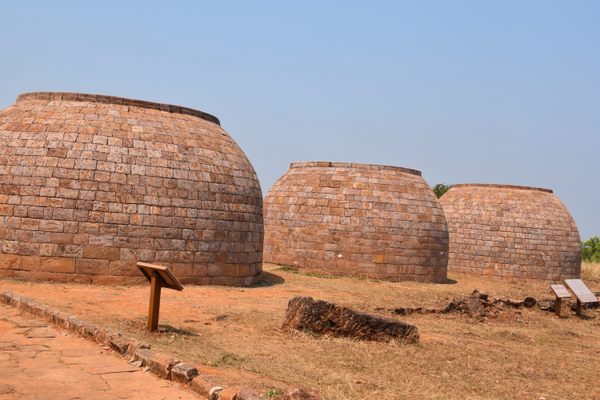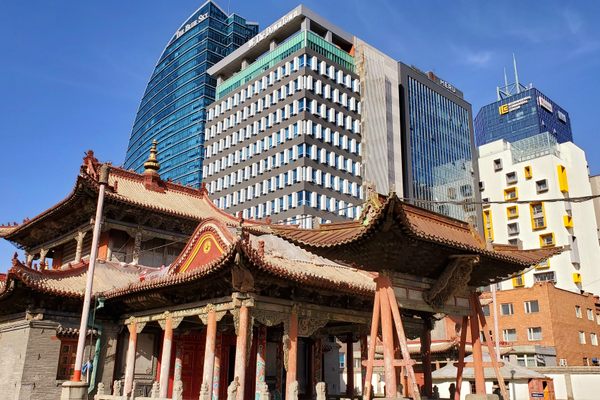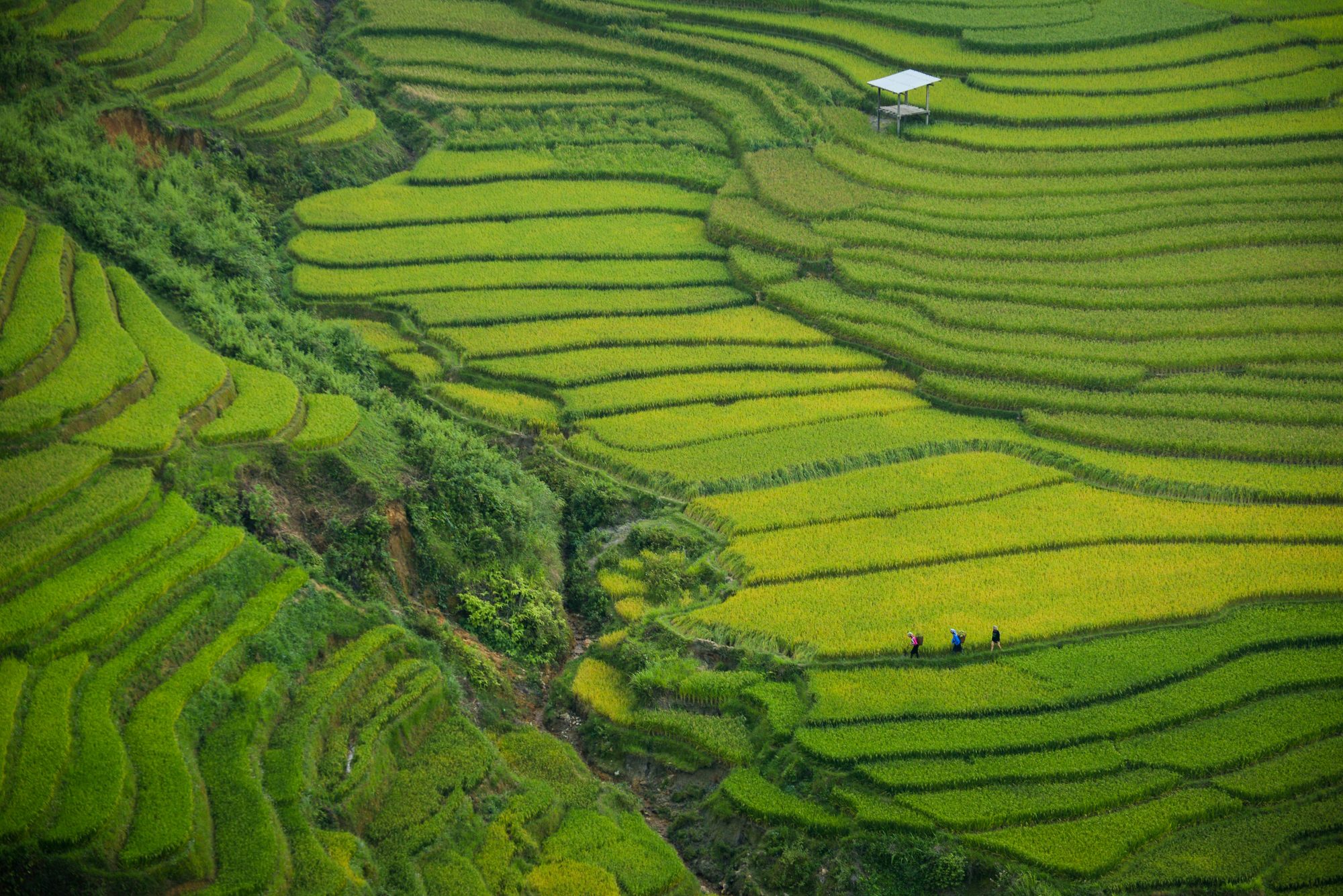About
Originally planned to be a palace for King Jinheung of the Silla dynasty of Korea, the construction that began in 553 changed its direction when a great yellow dragon allegedly appeared at the site. Awestruck and considering it to be a providential sign, the king ordered his people to turn the unfinished palace into a Buddhist temple. It was completed in 570 and named Hwangnyongsa.
Over the next seven centuries, the temple would come to interact with many ancient civilizations of Asia, showing the illustriousness of Korean history. Ashoka, for example, the famed emperor of India, apparently caught wind of Hwangnyongsa only four years after its completion. After failing to build a statue of Buddha for himself, King Ashoka sent a ship to Silla carrying gold, steel and sculptural models, in hopes that the temple could make one on its own.
During the reign of King Jinpyeong, a “golden hall” was built to enshrine the great Buddha statue, and in the 12th year of the reign of Queen Seondeok (643), a nine-story wooden pagoda was added to the complex, built in order to protect the temple from foreign enemies. Its concept owed to the advice of a monk named Jarang, who had returned from studying in Tang (China), and the design was done by master architect Abiji of Baekje.
Although the temple had been kept safe from foreign attacks for several centuries, it was utterly destroyed during a Mongol invasion in 1238, the 25th year of King Gojong’s reign of Goryeo. Burned to the ground, nothing much of what was once one of the tallest structures in East Asia remains today.
A museum has since been established on the site of Hwangnyongsa, recreating the temple’s great pagoda in miniature, down to the smallest detail. It also exhibits a number of (mostly replicas of) artifacts associated with the site, as well as life-size recreations of the temple’s gate and reliquary hall, a 3D theatre and an AR experience. The museum building itself is designed to resemble a typical Buddhist temple, complete with a set of demon-faced roof-end tiles.
While the museum only exhibits replicas of varying sizes, genuine ancient artifacts from the temple site can be found along the path leading to the parking lot, exhibited in open air. This collection largely consists of stone foundations and roof tiles, ranging in period from Silla to Goryeo. The ongoing archaeological excavations can also be viewed in the complex, offering a unique outlook into ancient Korean history.
Related Tags
Community Contributors
Added By
Published
March 21, 2025
